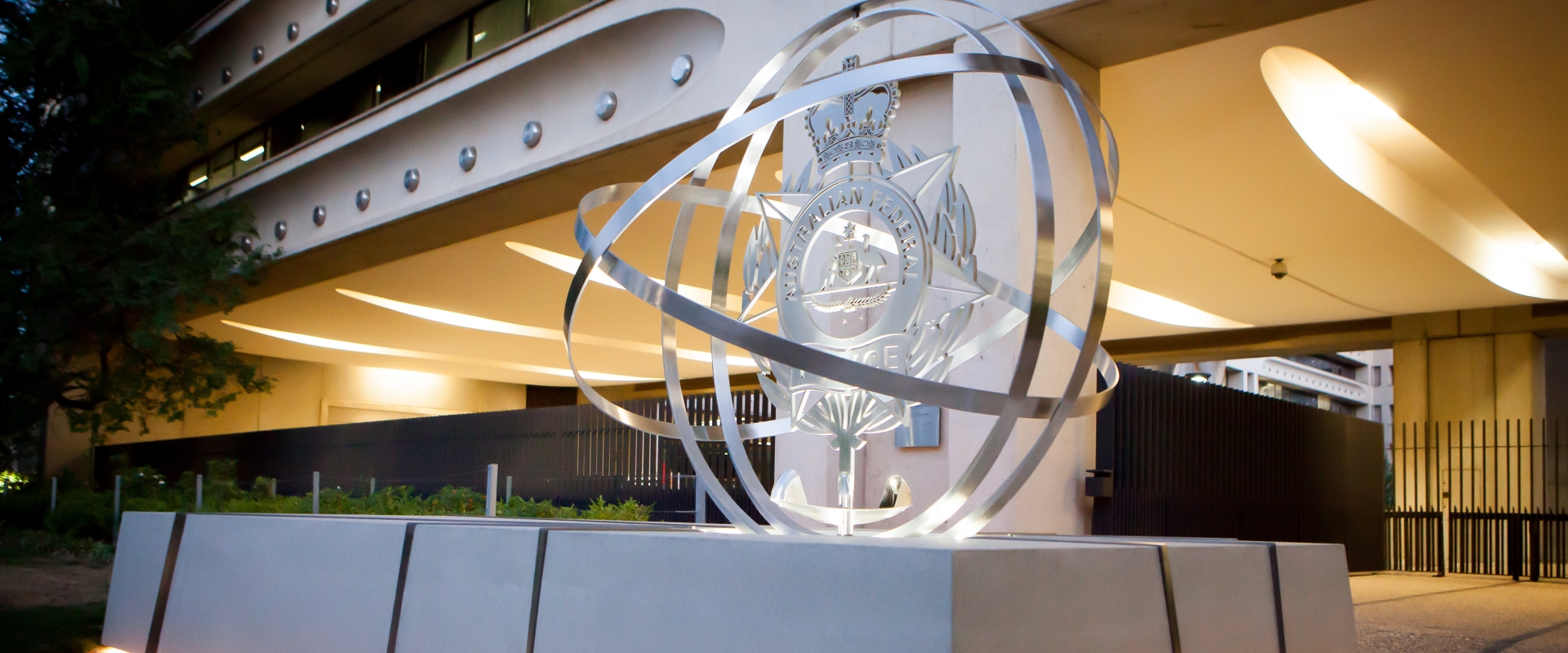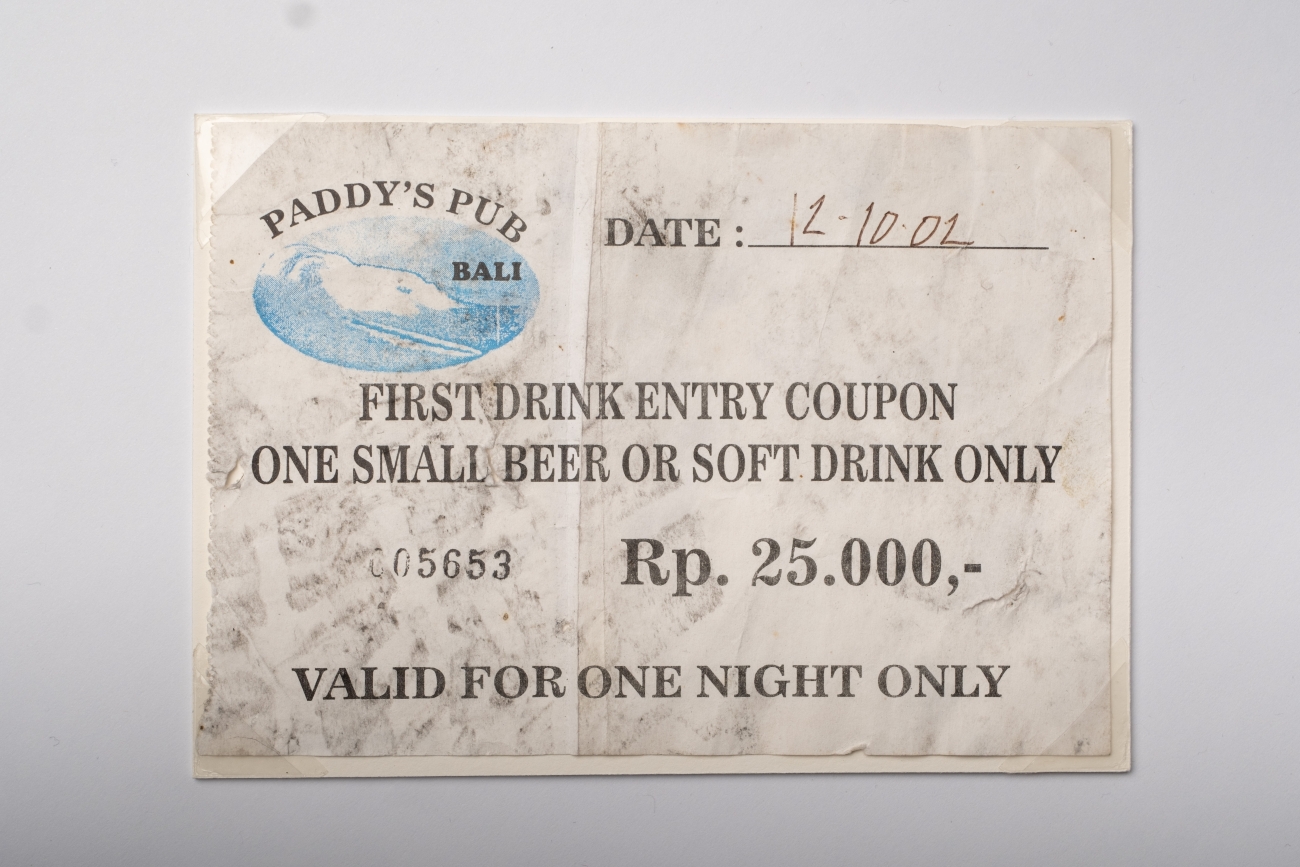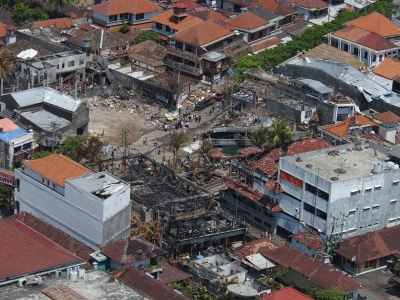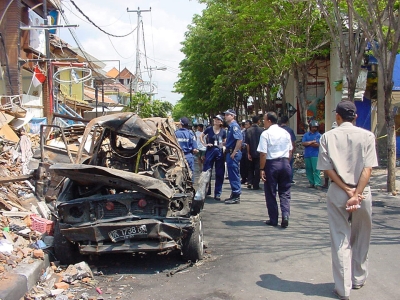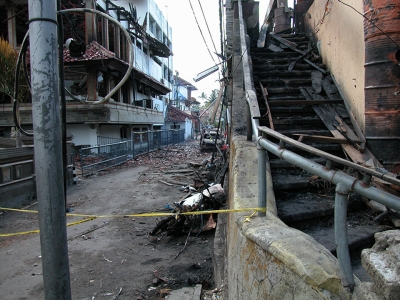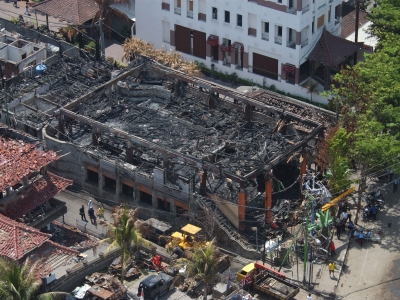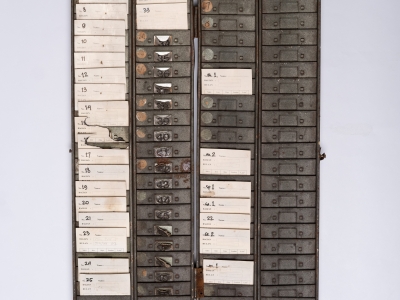A handful of Australian Federal Police (AFP) officers were in Bali, Indonesia on the evening of Saturday 12 October 2002. Some were there to relax with colleagues. They were on leave from peacekeeping duties with the United Nations (UN) in Timor-Leste. Others were on routine AFP business in the region. They were investigating crimes with the Indonesian National Police (INP).
Two blasts, 45 seconds apart
That night, 2 bombs exploded in the popular tourist centre of Kuta Beach. The bombs struck Paddy's Bar and the Sari Club. A total of 202 people, including 88 Australians, died. A further 240 people were injured. A third bomb was detonated near the US consulate in Denpasar.
It was the biggest loss of life in Australia since World War II. Until now, Australians had felt somewhat insulated from global terrorism. But now it seemed like terror was right at our door.
When the roof became stars
AFP officers Nicolle Haigh and Tim Fisher were on leave from peacekeeping duties in Timor-Leste. They were enjoying a night out with colleagues at the Sari Club when the blasts went off.
Everyone was having a great night out. I’m not sure what time the first blast happened, but it was about 11 pm, and came from across the road. I remember looking towards Tim and Anthony who had also turned to see what was going on and saying “What the hell was…?”. Then all I remember was a huge ball of force coming towards us. I’ve been told there was about 45 seconds between explosions, but it felt like 10 seconds.
Nicolle Haigh
AFP Museum Bali Bombings Exhibition, When the roof became the stars, 2003
We heard an explosion out in the street. It was the first explosion in Paddy’s Bar. It was very loud and there was a white shot of light. Within about 5–10 seconds I thought the world had closed down. Everything went black. There were little black stars, which were actually a roof that had fallen down across me and Nicolle. We were sitting only about a metre apart, but we couldn’t find each other. I tried searching through the wreckage until I did some serious damage to my hands. I finally got to a medical centre about an hour and a half later.
Tim Fisher
AFP Museum Bali Bombings Exhibition, When the roof became the stars, 2003
It took 18 hours for Tim Fisher and fellow AFP member Frank Morgan to find out that Nicolle Haigh was alive. She was in the Denpasar Hospital. It took 24 hours, and a Royal Australian Air Force evacuation flight to Darwin for Nicolle Haigh to feel safe.
I was moved in the back of a ute to Denpasar Hospital. I remember lying in the back as it sped through the streets of Bali, holding my hands in the air as they hurt too much to have them resting on anything. You hear about heroes pulling people out of bomb sites, but for me the heroes were the ones who raced around tirelessly in the hospitals making sure we were ok and trying to help in any way. On Sunday afternoon, Australian Defence Force members came to take us home. I can’t describe the emotions I felt; it was the first time I had felt safe since the bomb went off.
Nicolle Haigh
AFP Museum Bali Bombings Exhibition, When the roof became the stars, 2003
Detective Superintendent Michael Kelsey was 500 m from the Sari Club. He was having dinner with colleagues when the blasts went off. He and the then-Senior Liaison Officer, Glen McEwen, were in Bali to discuss 3 criminal investigations with their Indonesian counterparts and other AFP staff. They ran up Poppy’s Lane to the bombsite.
We could actually feel the shock wave from the bomb when it hit the restaurant, we were meeting in. We could feel the building shudder and vibrate. There were people streaming away from the bomb site as we were heading toward it, many of whom were injured and bleeding. There was shattered glass literally all over the ground, obviously from the shock wave from the bomb. When we got to the actual scene it was chaotic.
There were still flames in the Sari Club and Paddy’s Bar across the road. There were literally hundreds of people around the scene, a lot of whom had suffered injuries, non-life-threatening cuts and abrasions, bumps and bruises and that type of thing. When we got to the Sari Club it was a mess and there was just a lot of chaos and pandemonium.
Michael Kelsey
Bali remembered, Platypus magazine, October 2012
Within hours of the bombings, Officers Kelsey and McEwen filed reports from the Australian Consulate-General. AFP Commissioner Mick Keelty told them help was 'on its way'.
Operation Alliance
The INP responded quickly. They invited the AFP and other law enforcement agencies to help with their investigations. This became 'Operation Alliance'.
The AFP sent a 14-person response team to Bali on 13 October 2002. This included specialist victim identification officers, scientific crime scene investigators and post-bomb-blast investigators.
The AFP set up a forward command post. This included:
- Bali-based investigators
- disaster victim identification (DVI)
- forensics
- intelligence
- media
- post administration
- security
- IT
- communications.
By 7 am on Monday, officers in Canberra had set up an incident room. Over the next 10 days, AFP officers spoke with more than 7,000 passengers as they arrived back from Bali. They identified potential witnesses to the bombings.
Operation Alliance grew from the handful of officers in Bali that first night to more than 900 AFP staff working over several years. At the operation's height, 500 members were working on the bombings. This included up to 100 people based in Indonesia.
The difficult work of DVI and forensics
The first AFP officers at the scene in Bali triaged and identified victims. They worked alongside the INP. Using INTERPOL's DVI process, the team:
- transported all victims to the mortuary on Sunday 13 October
- identified 60% of the victims by dental analysis
- performed most of the DNA analysis at a 24-hour laboratory in Canberra
- identified and brought home all Australian victims by December 2002.
During the operation, Indonesian forensics worked closely with the international community of forensic scientists. AFP forensics played a major role. They worked on explosive residue analysis and DNA profiling. The team introduced new technologies. These included 3D laser imaging technology, which helped them document and reconstruct the crime scenes. They used the models in the review of witness statements.
AFP members also supported victims and families. This led to the creation of the AFP’s highly respected Family Investigative Liaison Officer program.
The human side of this detailed and difficult work, to identify victims, search for evidence and ultimately fight terrorism can be seen in the reflections below.
I tried to put up an emotional barrier there, and just stick with pure technical side of it, look at damage, stick with what I had to do, but if you let your guard down, it would shock you.
Shane Hamming, Australian Bomb Data Centre
AFP Museum Bali Bombings Exhibition, When the roof became the stars, 2003
This isn’t only a crime against Australians, it is a crime against the international community and it’s a crime against Indonesia as well. So we have a lot of responsibilities, a lot of consequence flow out of all our actions.
Tim Morris, Counter Terrorism
AFP Museum Bali Bombings Exhibition, When the roof became the stars, 2003
Our challenge and our goal, is to prevent terrorist acts and we have carried that ‘baton’ of responsibility well. To ensure that we do not ‘drop the baton’ we need to think about the unthinkable and consider the ‘what-ifs’ so we are in the position to prevent the next phase in the evolution of terrorism.
Steve Lancaster, National Manager Counter Terrorism
AFP Museum Bali Bombings Exhibition, When the roof became the stars, 2003
Evidence and convictions
The AFP sent a 'Brief of Evidence' to the INP. This outlined the results of the Australian investigation. As well as leading DVI and interviewing witnesses, Operation Alliance:
- identified the make-up of the bomb
- found that a mobile phone was used to detonate the bomb at the Renon site
- analysed explosive substances and fingerprints on a motorcycle which led to a number of suspects
- helped trace the ownership of a van used at the Sari site, based on a unique chassis number.
The joint investigation identified some 80 suspects. On November 5 2002, just three weeks after the bombing, authorities made the first arrest.
AFP officers had sifted through thousands of pieces of evidence. They collated and cross referenced witness statements. This led to various members of Jemaah Islamiyah, a violent terrorist group, being convicted in relation to the bombings. Three people were sentenced to death.
Legacy and acknowledgment
The AFP's Bali response was rapid and professional. Our role in investigating the Bali bombings is firmly ingrained in the story of our organisation, our people and how we serve.
At its heart, Operation Alliance reinforced our already strong relationship with the INP. It allowed us to work together, change policy and achieve results. Operation Alliance became a watershed moment for national security in Australia. The nation dealt with terrorism on our doorstep. We grieved the deaths of 88 Australians.
In 2002, then-AFP Commissioner Mick Keelty said:
Incidents at home and abroad have brought changes upon us, but we have responded with firmness, with speed and with confidence.
Mick Keelty APM, AFP Commissioner 2001-2009
Australian Federal Police ‘The first thirty years’ 2009
The AFP learned lessons from the Bali bombings. We now have a dedicated focus on counter-terrorism. This has helped us uncover homegrown terrorist plots in Australia.
Twenty years on, to commemorate the AFPs involvement in Operation Alliance and its legacy, Commissioner Reece Kershaw delivered this message on 11 October 2022:
To our current and former members, please know that your shining devotion to justice, to grieving families and to our country has not been dimmed by the passing of 20 years. Your work all those years ago changed how Australians understood and valued the Australian Federal Police. You didn’t know it at the time, but you were creating a legacy that all of us here today are the beneficiaries of. Because of you and the foundations you built, the AFP has become a leader in forensics, disaster victim identification, family liaison and a partner of choice around the world for specialised investigations. You were the pioneers. Yesterday, today and every day after that, you deserve to stand tall. The AFP is in your debt, and we will forever stand tall next to you. Thank you for your service.
Reece P Kershaw APM, AFP Commissioner
Bali Bombings 20th Anniversary Address 11 October 2020

